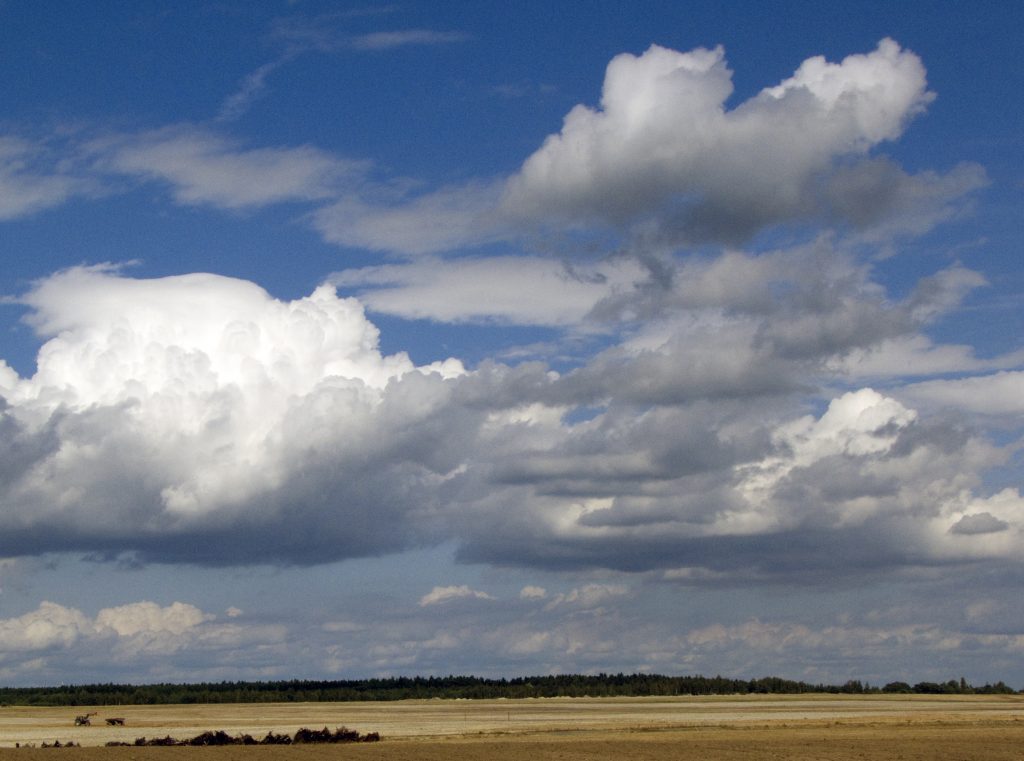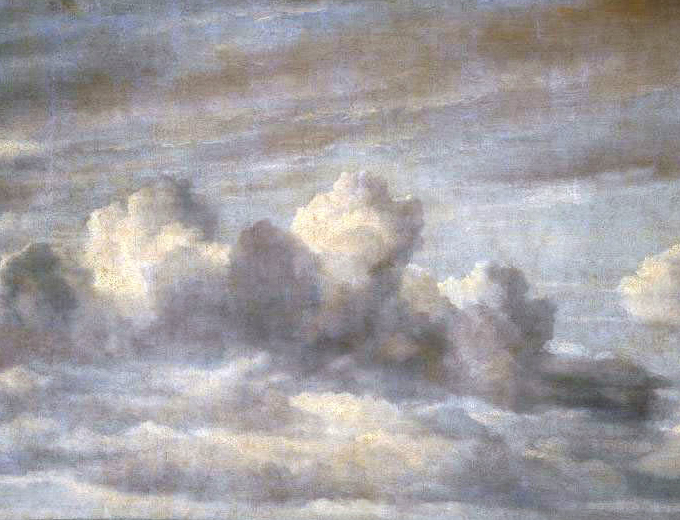Clouds, Meteorology, and Geology in 17th Century Dutch Painting
Project coordination: Franz Ossing
Contributors (co-authors): Achim Brauer, Oliver Bens, Stanley D. Gedzelman, Jan Kelch, Pieter Roloefs





Dutch painting of the 17th century shows a revolutionary fidelity to nature. Never before in the history of painting had artists attempted to approximate reality with such attention to detail. The artists were not concerned with depicting their objects in a linear way. Their works of art – be they landscapes, seascapes, still lifes or depictions of genres – are masterly compositions whose individual elements are perfectly in tune. Each of these elements – landscape, clouds, flowers, interiors, buildings – is „realistic“ in itself, that is, depicted according to nature. Nevertheless, they are components of a pictorial composition. A landscape painting is therefore not a real reproduction of the situation, but a composed image of the surroundings, an „invented reality“. This raises questions for research: Why does this turn to the real take place in 17th century Holland of all places? Why is so much space given to meteorological phenomena in this landscape and marine painting? It has become apparent in recent years that an interdisciplinary approach of art history, social history and natural sciences is the key to a comprehensive understanding of these works of art.
Click here for more information